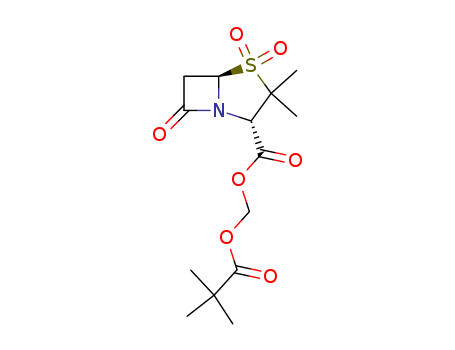| Minoxidil Usage And Synthesis |
| an antihypertensive vasodilator medication |
Minoxidil is an antihypertensive vasodilator medication also claiming to slow or stop hair loss and promote hair regrowth. It is available over the counter for treatment of androgenic alopecia, among other baldness treatments, but measurable changes, if experienced, disappear within months after discontinuation of treatment.
Minoxidil was first sold as a drug for high blood pressure and was noted to have the interesting side-effect of increased body hair-growth, or in some cases, significant hair loss. Treatments for baldness and hair loss usually include a 5% concentration solution that is designed for men, whereas the 2% concentration solutions are designed for women. |
| Indications and Usage |
Minoxidil is a type of oral drug that is clinically used to lower blood pressure, and it is also called Loniten and piperidine diamine. Minoxidil is an antihypertensive drug that is clinically used to treat intractable, primary or renal hypertension. It can also be used to treat severe hypertension that does not respond well to other antihypertensive drugs, but it needs to be used in combination with diuretic drugs to prevent water and sodium retention, and combined use with beta receptor blockers may increase its curative effects and reduce adverse effects. Minoxidil is also used to prevent grease-type alopecia and on livestock. |
| Mechanisms of Action |
Minoxidil is a type of potassium channel opener and can directly relax smooth vascular muscles and has a strong small artery dilating effect. It can reduce peripheral resistance, dilate blood vessels, and lower blood pressure while having no effect on blood volume, thus promoting venous return. In addition, due to reflective regulation and positive frequency effects, it can increase cardiac output and heart rate, but will not cause orthostatic hypotension. |
| Adverse reactions |
Long term use of Minoxidil may have the side effect of increased body hair, such as arm hair.
Adverse reactions to oral intake mainly include: weight gain and lower body swelling due to water and sodium retention, heart palpitations and arrhythmia due to reflexive sympathetic nervous excitement, and hirsuitism.
Adverse reactions to external use mainly include: skin irritation, red spots in applied areas, itching, and other skin inflammation reactions. Although only a small amount is absorbed, but there is also a slight possibility of causing a recurrence in patients with a history or heart disease. Use with caution if suffering from cerebrovascular disease, non-hypertensive heart failure, coronary heart disease, angina pectoris, myocardial infarction, pericardial effusion, renal dysfunction and other diseases. |
| Contradictions |
Do not use if allergic to Minoxidil or suffering from pheochromocytoma. |
| Description |
Minoxidil is a peripheral vasodilator that directly relaxes vascular smooth musculature, thus, lowering systolic and diastolic pressure. Its action is linked to the activation of calcium channels. Open calcium channels cause hyperpolarization of smooth muscle cells, which in turn, reduces the flow of calcium ions into the cell, which is necessary for supporting vascular tonicity. However, when taking minoxidil, tachycardia, elevated renin secretion, and water and sodium ion retention all appear simultaneously with hypotension. |
| Chemical Properties |
White Crystalline Solid |
| Originator |
Loniten ,Upjohn ,US ,1979 |
| Uses |
Used as an antihypertensive and antialopecia agent. Minoxidil activates ATP-activated K+ channels |
| Uses |
antihypertensive, antialopecia agent |
| Uses |
A selective ATP dependent K+ (Kir6) channel activator |
|
|


 Diamondsupplier
Diamondsupplier 




